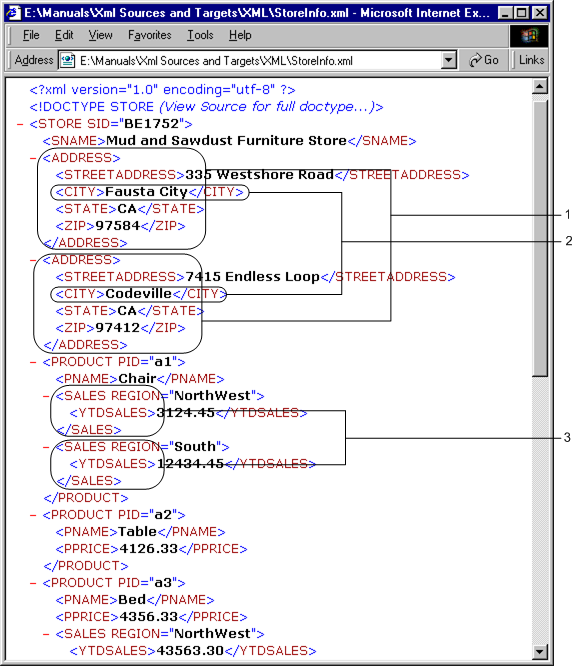PowerCenter
- PowerCenter 10.4.0
- All Products

Absolute Cardinality
| DTD
| Schema
|
|---|---|---|
Zero or once
| ?
| minOccurs=0 maxOccurs=1
|
Zero or one or more times
| *
| minOccurs=0 maxOccurs=unbounded
minOccurs=0 maxOccurs=n
|
Once
| -
| minOccurs=1 maxOccurs=1
|
One or more times
| +
| minOccurs=1 maxOccurs=unbounded
minOccurs=1 maxOccurs=n
|
You can declare a maximum number of occurrences or an unlimited occurrences in a schema.
| ||
